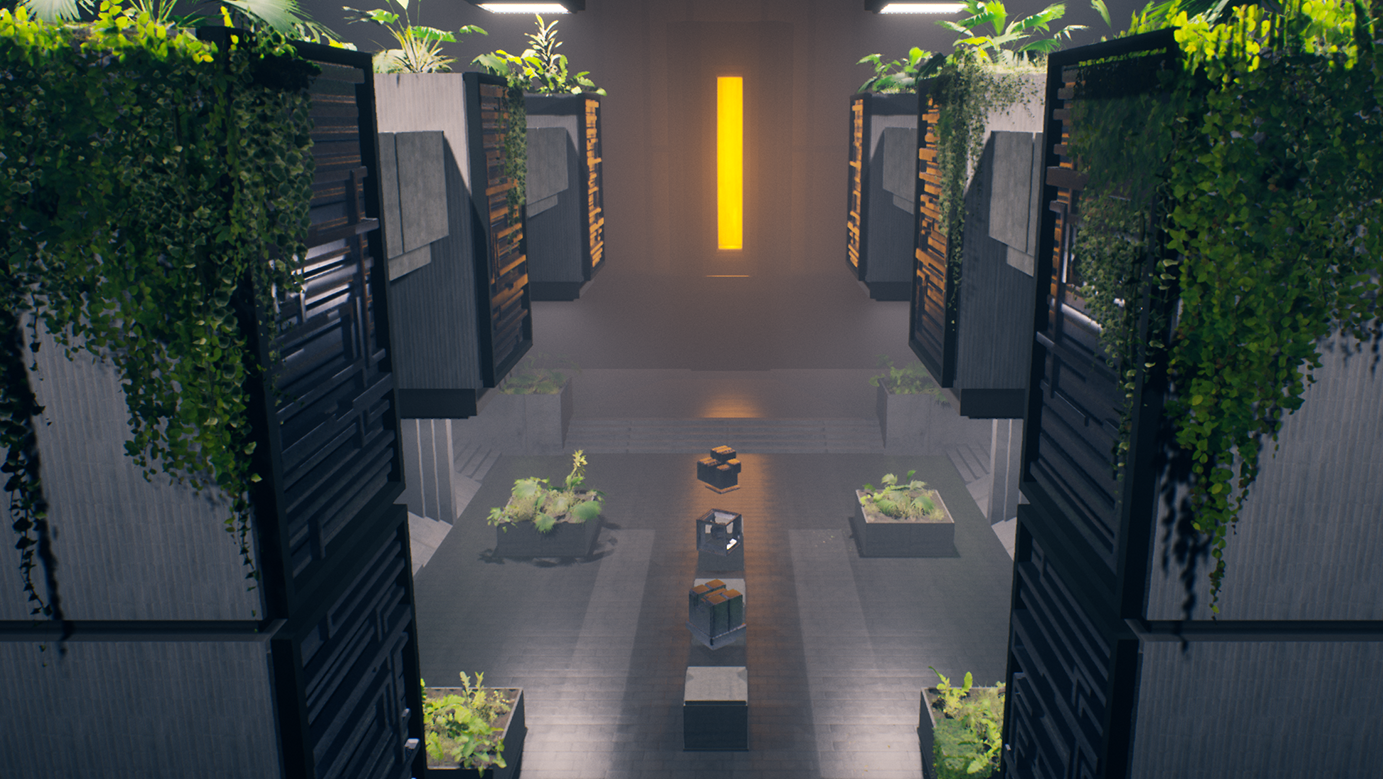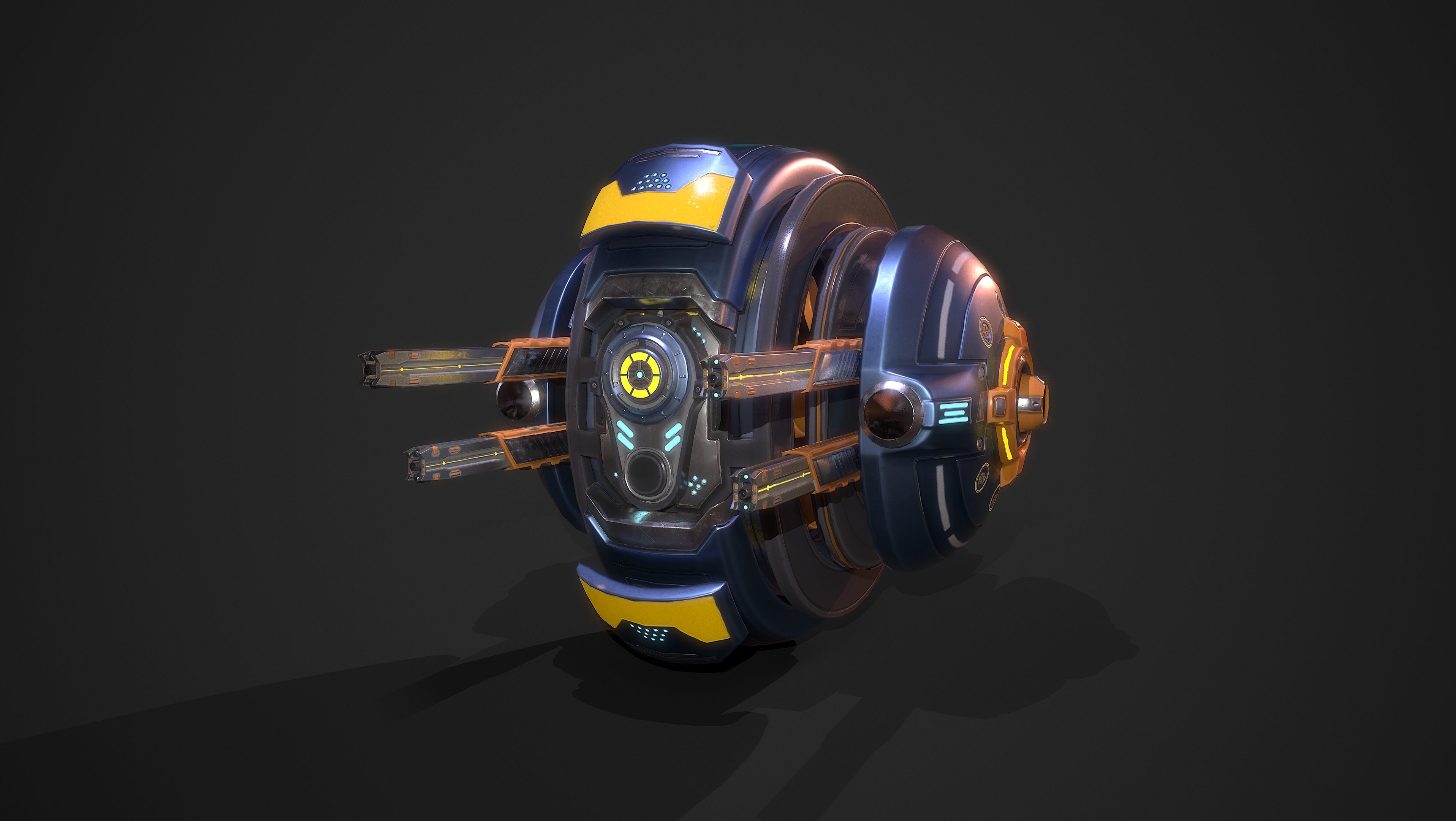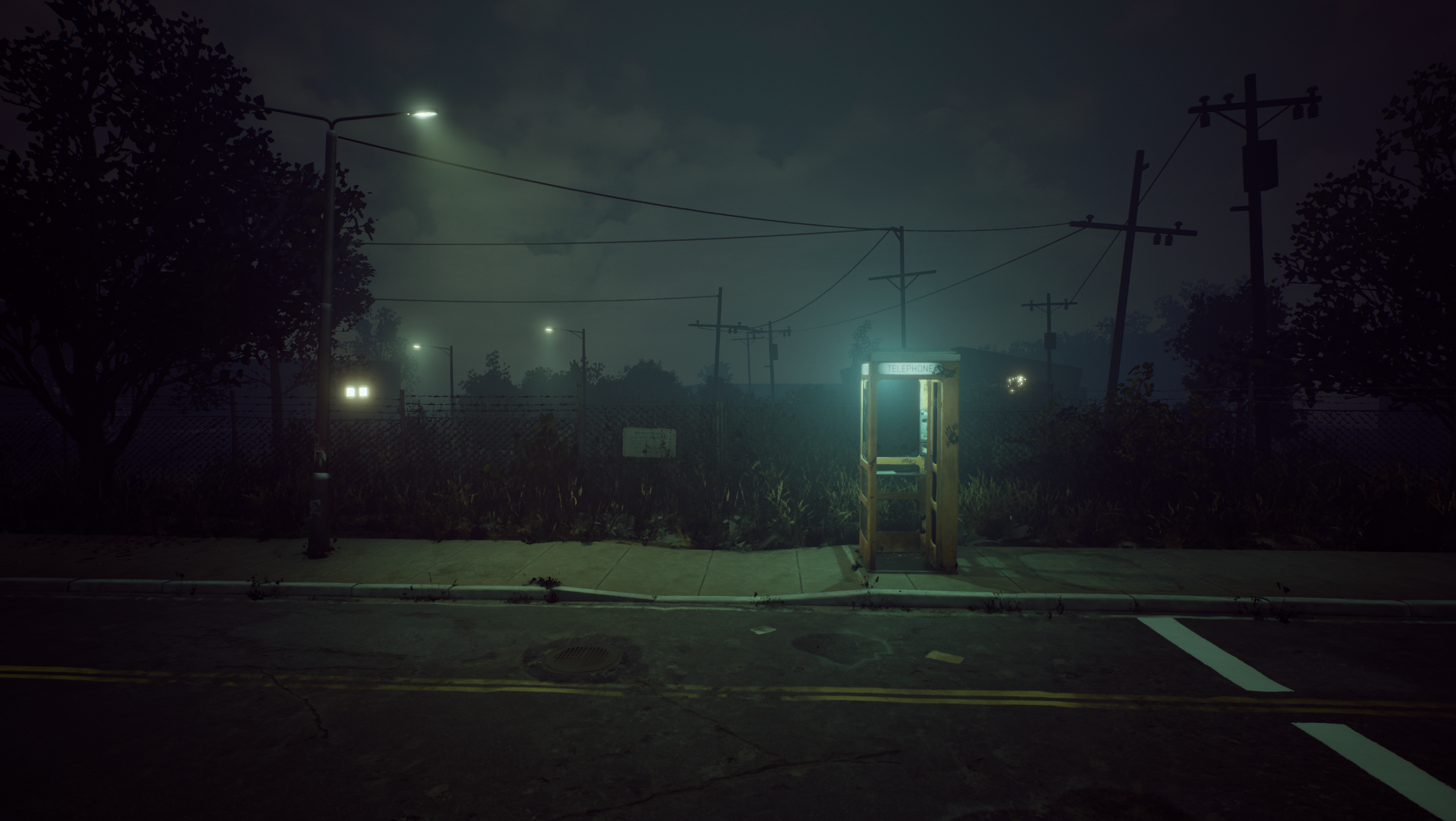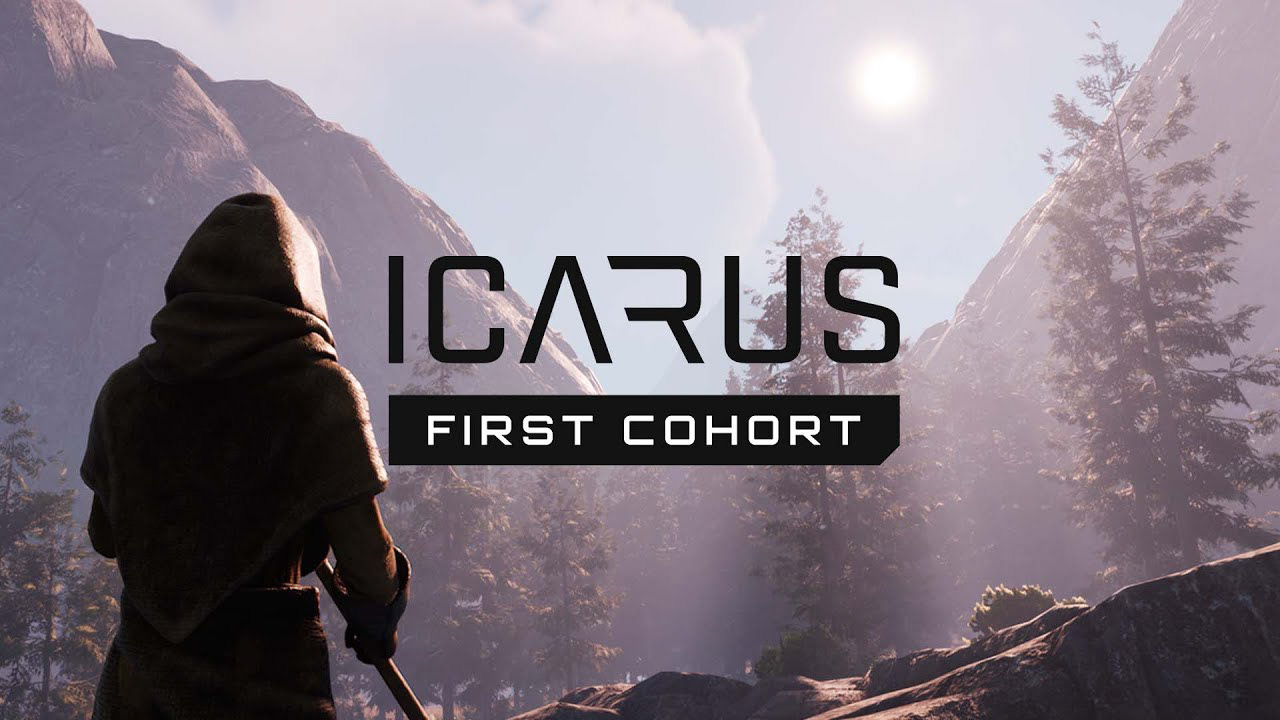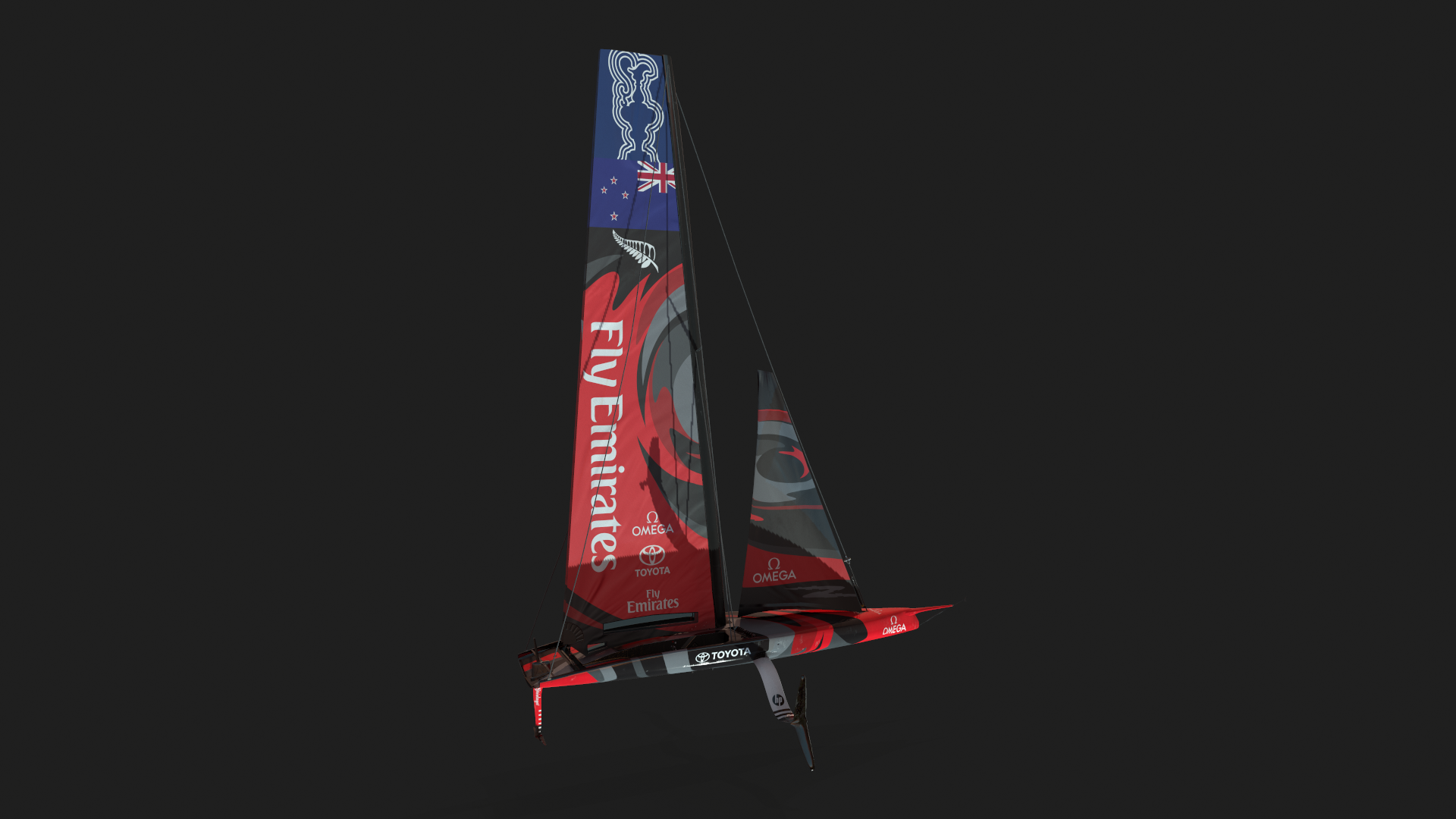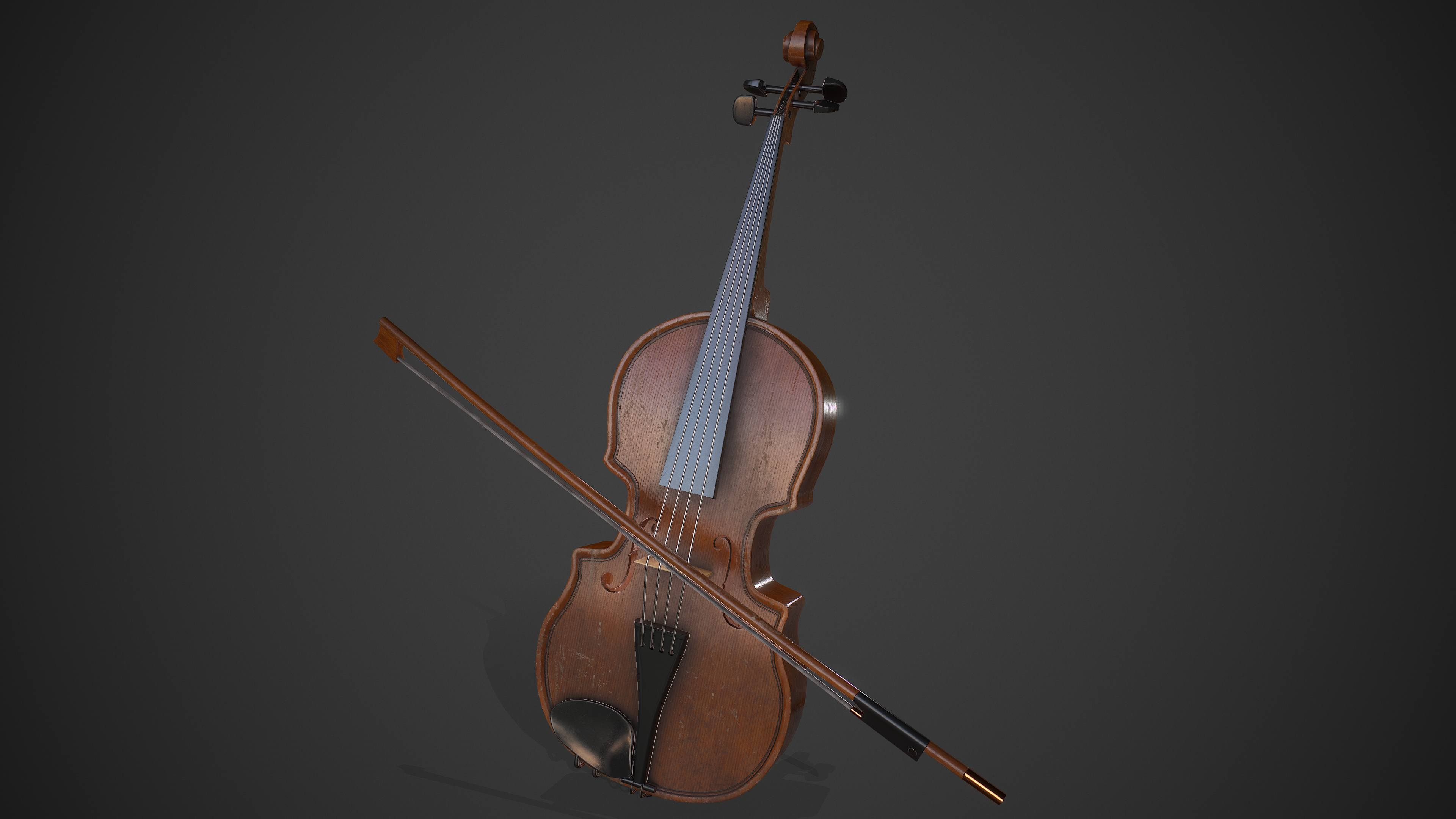Destination Mars is a mixed-reality experience designed for both adults and children. It is a 360-degree dome projection collaborative digital game and live performance come together to create an experience unlike anything else on Earth (or Mars).
“The future of interactive theatre”
— The Dominion Post
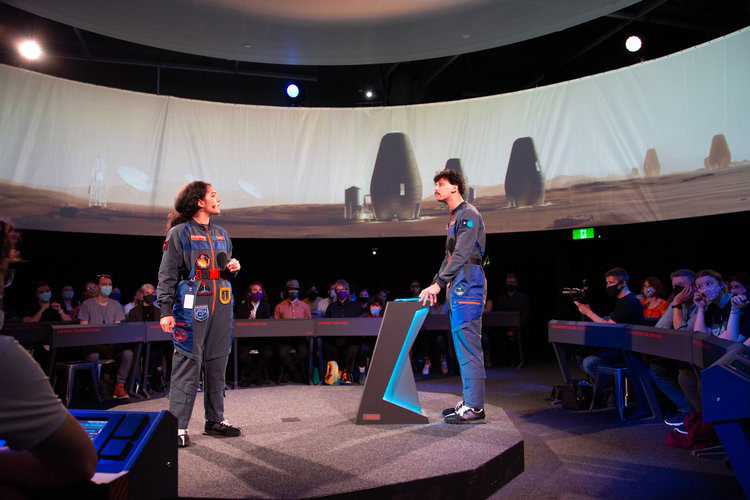
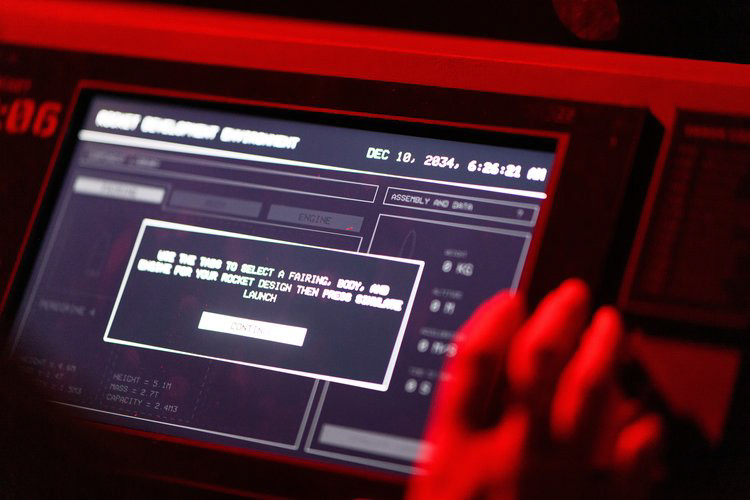
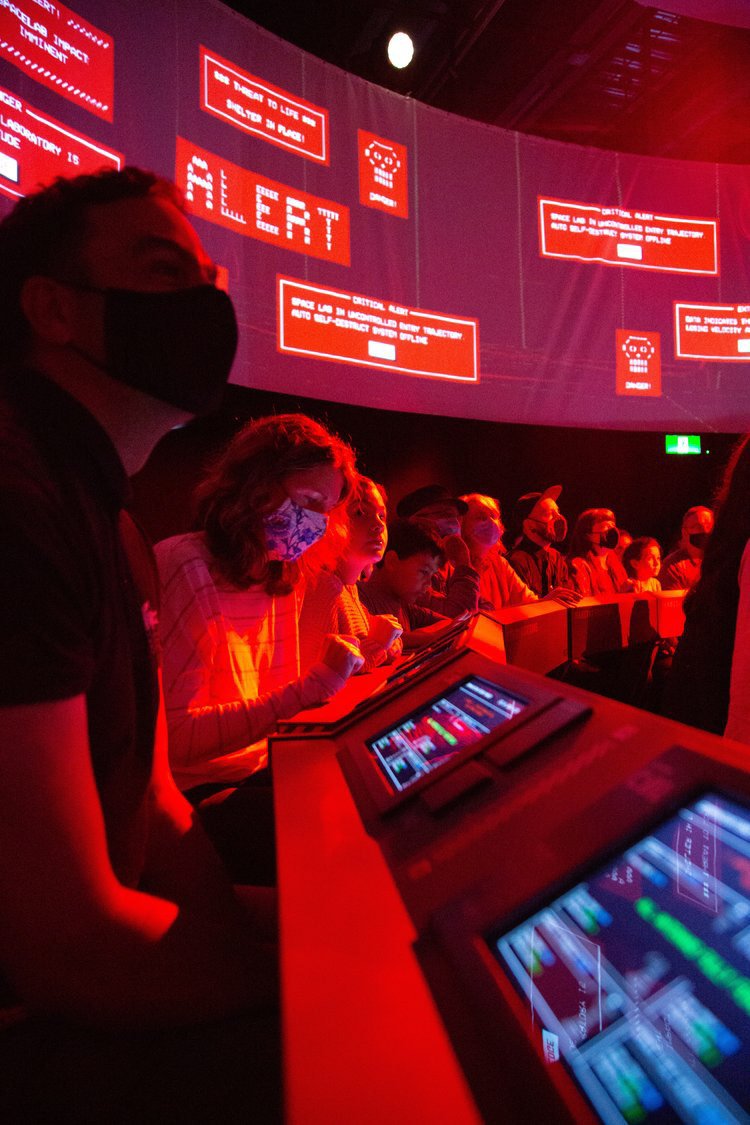
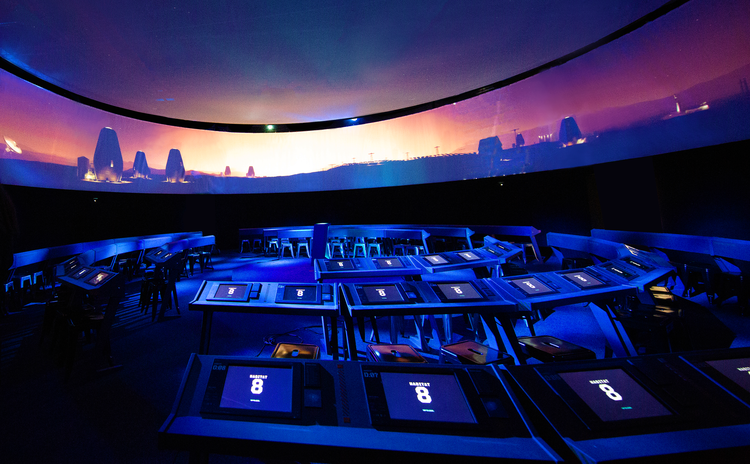
Destination Mars uses Unreal Engine to power a system of networked tablets and interactive projections. Players feel they are in control of the projections and actors have real time data analytics to guide the performance as well as Qlab control for extra gaming options, audio and lighting.
As the lead developer I worked closely with the directors to design and develop minigames and interactions to fit the constraints of the show's running time but also be interesting for any demographic. I also oversaw the arrangement of the environment so audience teams would be able to view the main events from any angle as well as their own workstations.
As the lead developer I worked closely with the directors to design and develop minigames and interactions to fit the constraints of the show's running time but also be interesting for any demographic. I also oversaw the arrangement of the environment so audience teams would be able to view the main events from any angle as well as their own workstations.
Given the fast-paced nature of the show, I helped the flow of the game design which balances a mixture of player agency and participation but keeps the show on track. Through a mixture of minigames and audience/actor interactions and watching sequences play out on the dome, players are kept busy throughout the 45-minute run.
“The audience member has their own personal interaction with the tablet but also certain things can only be achieved as a culmination of those interactions. The audience has the ability to affect the show without breaking the show and that’s pretty incredible,” Brad Knewstubb - Creative Director

